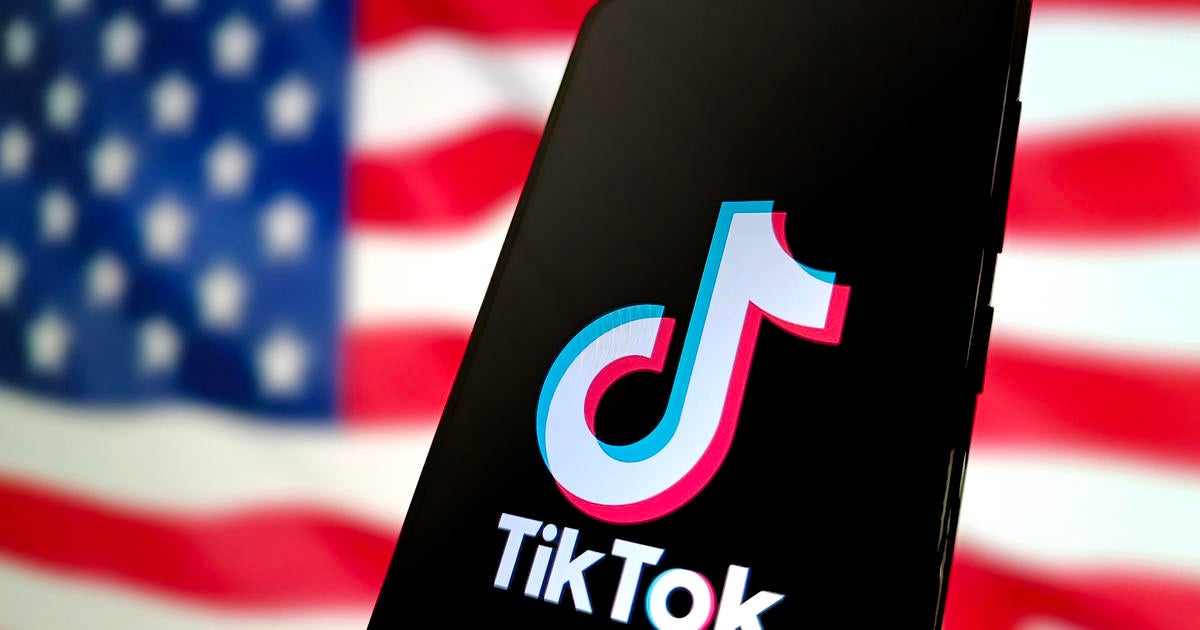A Bold Proposal: Can a TikTok Merger with Perplexity AI Reshape U.S. Ownership Dynamics?
In a surprising turn of events, the tech landscape is abuzz with the news of Perplexity AI’s audacious proposal to merge with TikTok, offering a striking 50% ownership stake to the U.S. government. This move has raised eyebrows across various sectors, igniting conversations about regulatory implications, ownership dynamics, and the broader future of digital platforms in America. As such, it’s crucial to dissect this bold proposal and assess its potential ramifications on the digital landscape.
Understanding the Proposal: An Overview
Perplexity AI, known for its cutting-edge advancements in artificial intelligence and search technology, has positioned itself as a formidable player in the tech industry. TikTok, on the other hand, has rapidly gained a colossal user base, transforming social media engagement. The proposed merger, where the U.S. government would acquire a significant stake, is not just a business maneuver; it represents a potential shift in how digital platforms are owned and regulated in the United States.
The rationale behind this merger can be seen through multiple lenses:
- Data Security: With increasing concerns over data privacy and national security, particularly regarding foreign ownership of popular platforms, this merger could serve as a safeguard.
- Regulatory Compliance: A government stake could ensure that TikTok adheres to U.S. laws and regulations more stringently.
- Innovation and Growth: By merging with an AI-driven company like Perplexity, TikTok could leverage advanced technologies to enhance user experience and engagement.
The Regulatory Landscape: Analyzing the Implications
One of the most significant questions surrounding this proposal is its regulatory implications. The U.S. government has been increasingly cautious about foreign tech investments, particularly those from China, given TikTok’s ownership by ByteDance. A merger with Perplexity AI could alleviate some of these concerns, but it also opens up a host of new regulatory challenges.
As the merger unfolds, several regulatory aspects need to be considered:
- Antitrust Issues: Would a merger lead to monopolistic behavior in the AI or social media space? Regulators must evaluate whether this consolidation serves the public interest or stifles competition.
- Privacy Regulations: With a government stake, how will user data be managed? Striking a balance between innovation and privacy will be critical.
- Content Moderation: How will the U.S. government’s involvement affect TikTok’s content policies? Increased oversight might lead to stricter moderation practices.
Ownership Dynamics: A Shift in Control?
The proposed merger introduces a new paradigm in ownership dynamics within the tech industry. Traditionally, tech companies operate independently, driven by market forces and shareholder interests. However, with a significant government stake, the dynamics could shift dramatically.
Consider the potential outcomes of such a shift:
- Enhanced Accountability: A government stake may compel TikTok to prioritize ethical considerations, particularly concerning user data and content dissemination.
- Cultural Impact: The merger could influence the type of content that thrives on TikTok, as government interests might shape platform policies.
- Investment in Innovation: With government backing, there could be increased funding for research and development within TikTok, potentially leading to groundbreaking features.
Potential Benefits of the Merger
The merger between TikTok and Perplexity AI presents several potential benefits that could reshape the digital landscape:
- Improved User Experience: By harnessing AI technology, TikTok could enhance its recommendation algorithms, delivering more personalized experiences.
- Stronger Security Measures: With a government stake, TikTok could implement more robust security protocols, addressing user concerns regarding data privacy.
- Job Creation: The merger could lead to new job opportunities in both companies as they expand their operations and develop new technologies.
Challenges Ahead: Navigating the Future
While the merger presents exciting possibilities, it’s not without challenges. Navigating the intricacies of a government-influenced tech platform could be fraught with complexities:
- Public Perception: How will users respond to a government stake in a platform they love? Balancing government involvement with user autonomy will be crucial.
- Operational Changes: Integrating government oversight into corporate structures may lead to operational inefficiencies, requiring careful management.
- International Relations: This merger could impact U.S. relations with other countries, particularly China, where TikTok’s parent company is based.
The Broader Implications for Digital Platforms
The potential merger between TikTok and Perplexity AI could set a precedent for how digital platforms operate in the United States. As technology continues to evolve, the need for regulatory frameworks that address ownership and operational dynamics becomes increasingly important. This merger may prompt a re-evaluation of what it means to own a tech company in an era where data privacy, national security, and user autonomy are at the forefront of public discourse.
Moreover, it could inspire other tech companies to consider similar arrangements, blurring the lines between private enterprise and government involvement. As we move forward, it’s essential to keep the conversation alive about what ownership means in the digital age and how it affects users, businesses, and the government itself.
Conclusion: A Transformative Moment?
In conclusion, Perplexity AI’s bold proposal to merge with TikTok and offer a 50% ownership stake to the U.S. government could indeed reshape ownership dynamics in the digital landscape. While the potential benefits are enticing, the challenges are significant. As stakeholders in the technology sector ponder the implications of such a merger, one thing is clear: this proposal could mark a transformative moment in how we perceive ownership, regulation, and innovation in the digital age.
Ultimately, the outcome of this merger will depend on careful navigation of the regulatory landscape, public sentiment, and the intricate balance between government oversight and corporate autonomy. As we watch these developments unfold, it’s crucial to remain engaged in the conversation about the future of digital platforms in America.
See more Future Tech Daily

